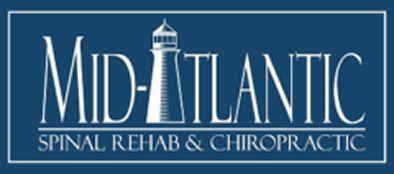Ridesharing Apps like Uber and Lyft – Where’s the Insurance?
As a Baltimore Chiropractor that spends the majority of my work day treating auto accident injuries resulting from car crashes in Baltimore, I am starting to see a trend of more crashes involving passengers and drivers utilizing rideshare apps such as Uber and Lyft. I suspect this is due to more to the increased numbers of these cars on the road than it is due to the driving habits of these drivers.
We’ve all used them at one time or another. You take out your phone, summon a vehicle, it picks you up and takes you to your destination. All of this occurs without having to carry cash or without having to tip. It’s super convenient, easy and fun.
Some ride share drivers and occupants are not so lucky, however. As the saying goes accidents will happen and sometimes they do. Increasingly over the past year I have been treating patients that have been involved in accidents where they are passengers in these rideshare vehicles at the moment of impact. The question then becomes – who is ultimately responsible to pay for an injured occupant’s medical bills following a crash?
Insurance coverage is an ever-evolving industry and rideshare applications add a bit of wrinkle to traditional auto insurance. The typical private auto insurance that we purchase (from StateFarm, Geico, Traveller’s, All State, etc.) only covers drivers and their passengers during routine trips, not during a situation that is technically a commercial ride. That is, they do not cover private drivers that are driving other individuals for money. There is an entirely other form of auto insurance, commercial auto insurance, that is available for that use. As you might expect, commercial auto insurance is vastly more expensive than is private auto insurance. Many drivers for uber may be unknowningly driving you around in their vehicles and may technically be UNINSURED if they get into a crash with you as an occupant.
Uber recently released an infographic that explains which insurance company is “on the hook” to pay for injuries and damages and it depends on where the driver is in the “life cycle” of a ride.
a) Driver is offline. His or her private auto insurance is liable for injuries and damages.
b) Driver is online but has not yet accepted a ride. Uber provides $50k/$100k/$25k limits.
c) Driver accepts a ride and is “en route.” Uber’s limits of liability skyrock to $1M liability and $1M UM/UIM.
d) Driver picks up passenger and ultimately drops them off at their destination. The same $1M limits of liability are in play.
And for those avid readers of my blog that know how important PIP (personal injury protection) coverage is to your policy you will be happy to hear that PIP is a benefit that Uber does offer in Maryland. If you want to be extra safe and to make sure that you are always covered, there is nothing wrong with beefing up your personal PIP coverage, since you may remember that it travels with you regardless of whose care you find yourself in at the time of a crash.
Auto insurance and who is ultimately liable to pay for injuries is a tricky subject. I hope that this information has helped you determine where there may be some insurance money to pay for your care should you be so unlucky as to have been injured by or in an uber or lyft vehicle.
If you have been injured by a rideshare vehicle such as an uber, please contact Mid-Atlantic Spinal Rehab & Chiropractic. We would be happy to get you started on the road to recovery.
Dr. Gulitz
